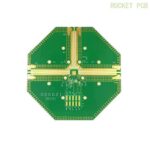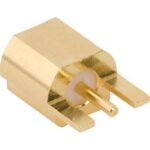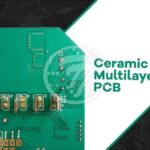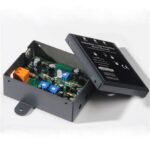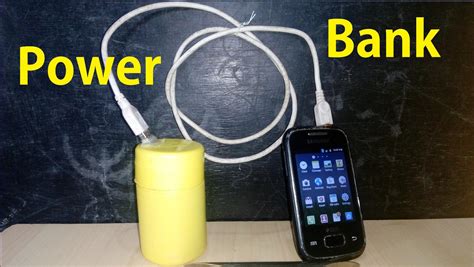
ALL ABOUT FLEX PCB
-
Homemade Power Bank: An Easy DIY Guide
Posted by
–
 Read more: Homemade Power Bank: An Easy DIY Guide
Read more: Homemade Power Bank: An Easy DIY GuideWhat is a Power Bank? A power bank is a portable battery-powered device that can charge your electronic devices when you don’t have access to a wall outlet. It works by storing electrical energy in its internal battery and then releasing it to your device when needed. Power banks come […]
-
Kelvin Connection: The Ultimate Beginner’s Guide
Posted by
–
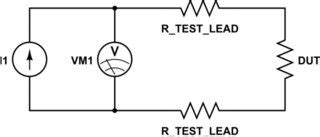 Read more: Kelvin Connection: The Ultimate Beginner’s Guide
Read more: Kelvin Connection: The Ultimate Beginner’s GuideWhat is a Kelvin Connection? A Kelvin connection, also known as a four-terminal sensing or 4-wire measurement, is a method used to accurately measure electrical resistance. This technique is particularly useful when measuring low resistance values or when the resistance of the connecting wires is significant compared to the resistance […]
-
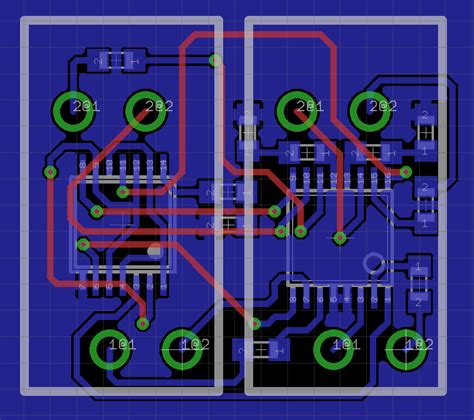 Read more: Everything You Need to Know about Designing a PCB Layout
Read more: Everything You Need to Know about Designing a PCB LayoutWhat is a PCB Layout? A Printed Circuit Board (PCB) layout is a detailed design of the physical arrangement of electronic components and their interconnections on a PCB. It is a crucial step in the PCB manufacturing process, as it determines the functionality, reliability, and manufacturability of the final product. […]
-
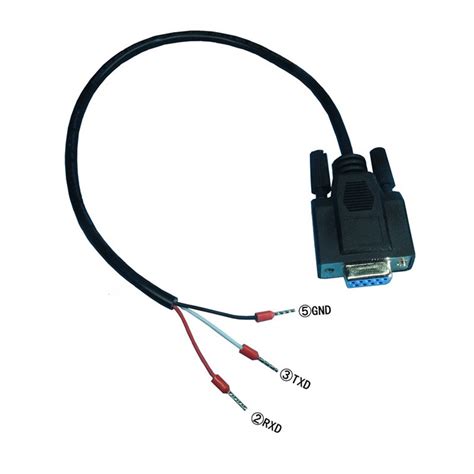 Read more: RS232 connectors – A Safe and Reliable Option for Your Network
Read more: RS232 connectors – A Safe and Reliable Option for Your NetworkIntroduction to RS232 Connectors RS232 connectors, also known as serial ports or DB9 connectors, have been a mainstay in the world of data communication for decades. Despite the advent of newer technologies like USB and Ethernet, RS232 connectors continue to be a reliable and safe choice for many networking applications. […]
-
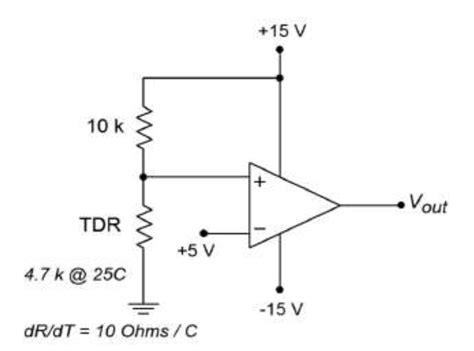 Read more: Voltage Comparator: An Introduction To Comparators
Read more: Voltage Comparator: An Introduction To ComparatorsWhat is a Voltage Comparator? A voltage comparator is an electronic circuit that compares two input voltages and outputs a digital signal indicating which voltage is higher. It is a fundamental building block in analog and mixed-signal circuit design, used in a wide range of applications such as analog-to-digital converters […]
-
What is track to track (TT)?
Posted by
–
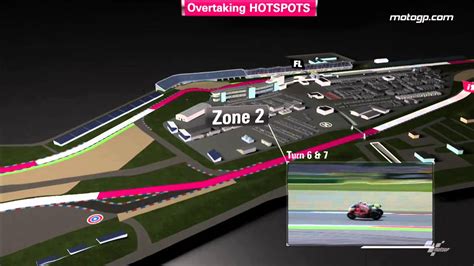 Read more: What is track to track (TT)?
Read more: What is track to track (TT)?Importance of Track to Track Spacing Proper track to track spacing is essential for several reasons: Signal Integrity: Adequate spacing between tracks helps minimize electromagnetic interference (EMI) and crosstalk between adjacent signals. This is particularly important for high-speed digital circuits and sensitive analog signals. Manufacturing Feasibility: The minimum track to […]
-
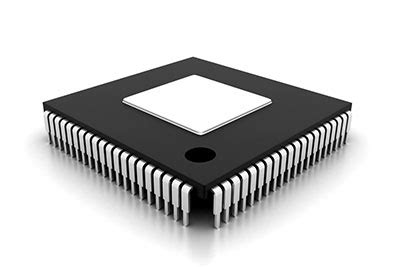 Read more: IC packaging: How Should we Choose Different Types of IC Packaging?
Read more: IC packaging: How Should we Choose Different Types of IC Packaging?What is IC Packaging? IC packaging is the process of encapsulating a semiconductor die in a protective package that allows it to be mounted on a printed circuit board (PCB) and connected to other components. The package serves several functions, including: Protecting the delicate die from damage during handling and […]
-
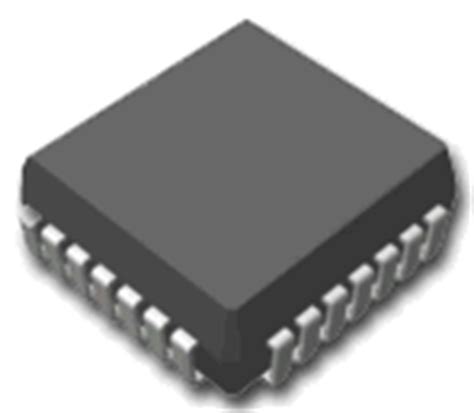 Read more: PLCC Packages: What are They and How Do We Use Them
Read more: PLCC Packages: What are They and How Do We Use ThemIntroduction to PLCC Packages PLCC (Plastic Leaded Chip Carrier) packages are a type of surface-mount integrated circuit package that has been widely used in electronics manufacturing for several decades. These packages offer a compact and reliable solution for housing various types of integrated circuits, such as microprocessors, memory chips, and […]
-
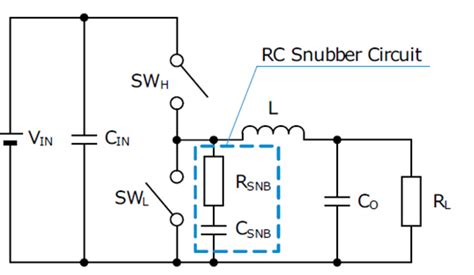 Read more: Snubber Circuit: A Safeguarding Circuit for Protecting Against Power Surges
Read more: Snubber Circuit: A Safeguarding Circuit for Protecting Against Power SurgesIntroduction to Snubber Circuits In the realm of electrical engineering, power surges pose a significant threat to electronic devices and systems. These sudden spikes in voltage or current can cause irreparable damage to components, leading to malfunctions and even complete failures. To mitigate these risks, engineers employ various protective measures, […]
-
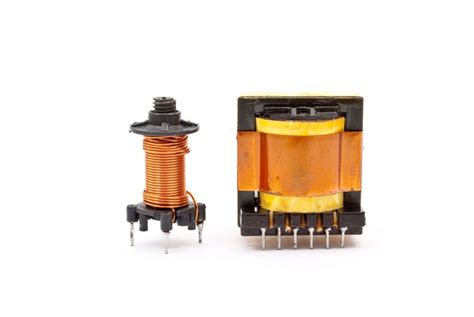 Read more: DIY Electric Fence Charger: A Guide to Simple and Effective Construction
Read more: DIY Electric Fence Charger: A Guide to Simple and Effective ConstructionWhat is an Electric Fence Charger? An electric fence charger, also known as an energizer or fencer, is a device that delivers a high-voltage, low-current pulse of electricity to an electric fence. This pulse is designed to deter animals from crossing the fence line without causing permanent harm. Electric fence […]
